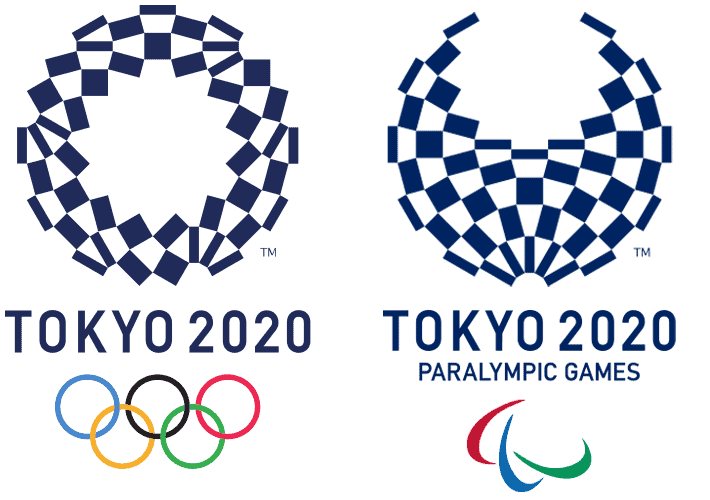The Noise Reduction Coefficient (commonly abbreviated NRC) is a scalar representation of the amount of sound energy absorbed upon striking a particular surface.
An NRC of 0 indicates perfect reflection; an NRC of 1 indicates perfect absorption.
It is the arithmetic average, rounded to the nearest multiple of 0.05, of the absorption coefficients for a specific material and mounting condition determined at the one octave band centre frequencies of 250, 500, 1000 and 2000 Hz.
The absorption coefficients of materials are commonly determined through use of standardised testing procedures, such as ASTM C423[2] that is used to evaluate the absorption of materials in eighteen one-third octave frequency bands with centre frequencies ranging from 100 Hz to 5000 Hz.
Absorption coefficients used to calculate NRC are commonly determined in reverberation rooms of qualified acoustical laboratory test facilities.
NRC is most commonly used to rate general acoustical properties of acoustic ceiling tiles, baffles, and banners, office screens, and acoustic wall panels.
NRC is intended to be a simplified acoustical rating of room construction and finish materials.
Acoustic Absorption refers to a material ‘ structure ‘ or object taking in sound energy when sound waves are encountered, as opposed to reflecting the energy.
Part of the absorbed energy is transformed into heat and part is transmitted. The energy transformed into heat is said to have been ‘lost’.
Acoustic absorption is of particular interest in soundproofing. Soundproofing aims to absorb as much sound energy (often in particular frequencies) as possible converting it into heat or transmitting it away from a certain location.
In general, soft ‘ pliable ‘ porous materials, like cloths, serve as good acoustic insulators – absorbing most sound; whereas dense ‘ hard ‘ impenetrable materials, like metals, reflect most.
How well a room absorbs sound is quantified by the effective absorption area of the walls, also named total absorption area. This is calculated using its dimensions and the absorption coefficients of the walls.

Proudly designed and manufactured in Australia by Renhurst Ceiling Systems, Melbourne.

Proud supplier for the Tokyo 2021 Olympics
